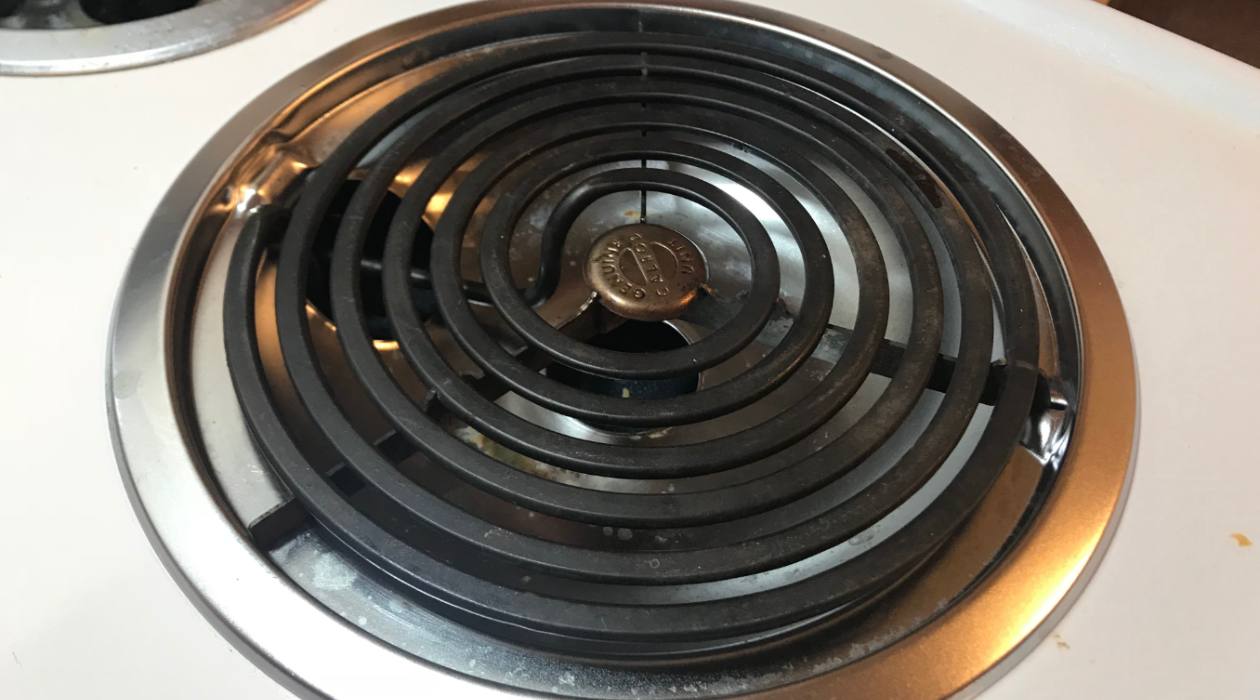

Articles
What Is A Conventional Stove Top
Modified: February 7, 2024
Discover everything you need to know about conventional stove tops in our articles. From maintenance tips to cooking techniques, explore this timeless kitchen appliance today.
(Many of the links in this article redirect to a specific reviewed product. Your purchase of these products through affiliate links helps to generate commission for Storables.com, at no extra cost. Learn more)
Introduction
Welcome to the world of cooking, where the heart of every kitchen lies – the stove top. When it comes to cooking, having the right equipment is essential. And one of the most common and versatile cooking appliances found in households around the world is the conventional stove top.
A conventional stove top, also known as a traditional stove top or a gas stove top, is a timeless kitchen appliance that has been a staple for decades. It provides a reliable and efficient means of cooking, allowing you to whip up delicious meals for yourself and your loved ones.
In this article, we will explore the ins and outs of a conventional stove top, from its definition and components to how it works and the pros and cons of using one. Whether you’re a seasoned home cook or just starting to explore the world of culinary delights, this article will provide you with valuable insights into the trusty appliance that is the conventional stove top.
Key Takeaways:
- Conventional stove tops, whether gas or electric, offer precise temperature control, versatility in cooking techniques, and a traditional cooking experience. However, they require regular cleaning and maintenance to ensure optimal performance and safety.
- When using a conventional stove top, it’s essential to prioritize safety by maintaining proper ventilation, keeping flammable objects away, using suitable cookware, and monitoring the stove top while in use. Regular cleaning and inspections also contribute to a safe and enjoyable cooking environment.
Read more: What Are The Stove Top Things Called
Definition of a Conventional Stove Top
A conventional stove top is a cooking appliance that is typically fueled by natural gas, propane, or electricity. It consists of a cooktop surface with burners where pots and pans are placed for cooking. It is often the centerpiece of a kitchen, providing a convenient and efficient way to prepare a wide variety of meals.
Unlike other types of stoves, such as induction or electric smooth tops, a conventional stove top relies on an open flame to heat the cookware. This gives it a distinct advantage in terms of responsiveness and versatility. The heat is easily adjusted by turning the control knobs, allowing for precise control of cooking temperatures.
Conventional stovetops come in various sizes and configurations, with options ranging from four burners to six or more. Each burner is typically equipped with a set of grates, which support the cookware and distribute heat evenly. Some models may also include additional features like a griddle plate or a wok burner for specialized cooking needs.
The design and layout of a conventional stove top can vary, but the basic components remain the same. In most cases, the cooktop is made of durable materials like stainless steel or ceramic glass, ensuring longevity and ease of cleaning. The burners are typically sealed to prevent any spills from reaching the internal components, making maintenance simpler.
Overall, a conventional stove top is a reliable and versatile cooking appliance that has stood the test of time. It offers a traditional and familiar cooking experience, making it popular among both professional chefs and home cooks alike.
Components of a Conventional Stove Top
A conventional stove top consists of several key components that work together to provide a seamless cooking experience. Understanding these components can help you make the most out of your stove top and optimize your cooking capabilities. Let’s take a closer look at each of these components:
- Cooktop Surface: The cooktop surface is the flat area where the burners and controls are located. It can be made of materials like stainless steel, ceramic glass, or enamel. The surface is designed to withstand high temperatures and is typically easy to clean.
- Burners: The burners are the heat sources on the stove top. They generate an open flame or heat element that transfers heat to the cookware. A conventional stove top usually has multiple burners, each with its own control knob to adjust the heat intensity.
- Grates: The grates are the supports that hold the cookware over the burners. They are typically made of cast iron or steel and are designed to distribute heat evenly. Grates also provide stability and prevent pots and pans from sliding around during cooking.
- Control Knobs: The control knobs are used to adjust the intensity of the heat produced by the burners. They allow you to increase or decrease the flame size or heat level, giving you precise control over your cooking temperatures.
- Ignition System: The ignition system is responsible for lighting the burners. It can be either manual, where you use a match or a lighter, or automatic, where an electric spark ignites the gas. Automatic ignition systems are more common in modern stove tops.
- Metal Drip Trays: Metal drip trays are located under the burners to catch any spills or drips from cooking. They are removable and can be easily cleaned to keep your stove top looking neat and tidy.
These components work together to provide a reliable and efficient cooking experience. Being familiar with them will help you use your conventional stove top effectively and take advantage of its various features.
Types of Conventional Stove Tops
When it comes to conventional stove tops, there are several types to choose from, each with its own unique features and advantages. Let’s explore some of the most common types:
- Gas Stove Tops: Gas stove tops are a classic choice for many home cooks. They use natural gas or propane as a fuel source and provide instant heat with precise temperature control. Gas stove tops are known for their responsiveness, allowing you to adjust the flame quickly to achieve the desired cooking temperature. They are also preferred by many chefs for their ability to evenly distribute heat and handle a wide range of cooking techniques.
- Electric Coil Stove Tops: Electric coil stove tops consist of heating elements in the form of coiled metal wires. When electricity flows through the coils, they heat up and transfer the heat to the cookware. These stove tops are known for their affordability and durability. They are easy to clean and can handle heavy-duty cooking. However, it may take some time for the coils to heat up and cool down, making temperature adjustments less instantaneous compared to gas stove tops.
- Electric Solid Plate Stove Tops: Electric solid plate stove tops feature flat, solid heating elements made of cast iron or ceramic. These elements heat up when electricity flows through them, providing even heat distribution. Solid plate stove tops are generally more budget-friendly compared to other types. While they may not offer the same level of temperature control as gas stove tops, they are reliable and easy to clean.
- Dual Fuel Stove Tops: Dual fuel stove tops combine the best of both gas and electric technologies. These stove tops typically feature gas burners for the cooktop and an electric oven for baking. This combination allows for precise control over the cooking process. Dual fuel stove tops are popular among avid home cooks and professional chefs who require both the responsiveness of gas burners and the accuracy of electric ovens.
Each type of conventional stove top has its own advantages and considerations. Consider your cooking preferences, budget, and available fuel sources to determine which type is the best fit for your kitchen.
How a Conventional Stove Top Works
A conventional stove top works by utilizing a fuel source, whether it’s natural gas, propane, or electricity, to produce heat for cooking. The process involves several steps that ensure the efficient transfer of heat from the burners to the cookware. Let’s delve into how a conventional stove top operates:
- Gas Stove Tops: In a gas stove top, the burners are connected to a gas supply line. When you turn the control knob for a particular burner, it opens a valve that releases the gas into the burner. Simultaneously, an ignition system generates a spark to ignite the gas and create a flame on the burner. The flame then provides direct heat to the cookware placed on the grate above the burner. The control knob allows you to adjust the amount of gas flow, thereby controlling the intensity of the flame and heat.
- Electric Coil Stove Tops: Electric coil stove tops have heating elements in the form of coiled metal wires. When you turn on a specific burner, an electric current flows through the coil, causing it to heat up. The hot coils transfer heat to the cookware placed on top, and the heat is then evenly distributed. Similar to gas stove tops, you can adjust the heat intensity by using the control knobs to regulate the flow of electricity to the coils.
- Electric Solid Plate Stove Tops: Electric solid plate stove tops feature flat, solid heating elements made of cast iron or ceramic. These elements become hot when electricity flows through them. The heat generated by the solid plate is conducted to the cookware placed on top, ensuring even heat distribution. As with electric coil stove tops, the control knobs allow you to adjust the heat by altering the amount of electricity flowing to the heating elements.
Regardless of the type, a conventional stove top provides a versatile cooking experience. It allows for precise temperature control, making it suitable for various cooking techniques such as simmering, boiling, frying, and sautéing. The responsiveness of a conventional stove top allows for quick adjustments during cooking, ensuring optimal results with your favorite recipes.
It’s important to note that safety measures should always be observed when using a conventional stove top. Make sure to follow the manufacturer’s instructions, keep flammable objects away from the burners, and never leave the stove top unattended while in use.
Read more: What Is A French Stove Top
Pros and Cons of Using a Conventional Stove Top
Using a conventional stove top, whether it’s a gas, electric coil, or electric solid plate stove top, has its own set of advantages and disadvantages. Let’s explore the pros and cons of using a conventional stove top:
Pros:
- Temperature Control: One of the biggest advantages of a conventional stove top is the ability to have precise temperature control. Whether it’s gas or electric, you can easily adjust the heat intensity to suit your cooking needs. This makes it ideal for tasks that require specific temperatures, such as simmering delicate sauces or searing meats.
- Responsiveness: Conventional stove tops excel in their responsiveness. Gas stove tops, in particular, offer immediate heat when the flame is ignited, allowing for quick adjustments during cooking. Electric coil and solid plate stove tops also provide relatively fast heating compared to other types of stoves.
- Versatility: A conventional stove top provides versatility in cooking techniques. From boiling and frying to simmering and sautéing, you can perform a wide variety of cooking tasks on the burners. This versatility makes it suitable for different types of cuisines and recipes.
- Traditional Cooking Experience: Many home cooks and professional chefs appreciate the traditional cooking experience offered by a conventional stove top. The use of open flames or heated coils brings a sense of nostalgia and connection to cooking traditions. It allows the cook to have a hands-on approach and be more in tune with the cooking process.
Cons:
- Cleaning: Conventional stove tops can be more challenging to clean compared to other types of stoves. Gas stove tops require cleaning of the burner grates, burner caps, and drip trays, which can accumulate food debris and grease over time. Electric coil and solid plate stove tops may also require thorough cleaning to remove any spills or stains.
- Heat Distribution: While conventional stove tops provide even heat distribution, they may have hot spots or uneven heating due to the design of the burners. This can impact cooking consistency, requiring some adjustments in cookware placement or heat management techniques.
- Energy Efficiency: Conventional stove tops can be less energy-efficient compared to newer technologies like induction or electric smooth tops. Gas stove tops may have some heat loss when the flame is not in direct contact with the cookware. Electric coil and solid plate stove tops can take longer to heat up and cool down, resulting in some energy wastage.
- Safety Concerns: Open flames on gas stove tops present potential safety hazards if not used with caution. There is a risk of gas leaks or accidental fires. Electric stove tops can also pose a burn risk if not handled properly. Safety precautions, such as monitoring the stove top while in use and keeping flammable objects away, are essential.
Consider your cooking preferences, lifestyle, and maintenance capabilities when deciding whether a conventional stove top is the right choice for your kitchen. It’s important to weigh the pros and cons to ensure that the stove top aligns with your needs and enhances your cooking experience.
When using a conventional stove top, always ensure that the burners are completely cool before cleaning to avoid the risk of burns or injury. Use a mild cleaning solution and a non-abrasive sponge to remove any spills or residue.
Safety Precautions for a Conventional Stove Top
While a conventional stove top is a valuable cooking appliance, it’s important to prioritize safety when using it. By following a few key safety precautions, you can minimize the risk of accidents and ensure a safe cooking environment. Here are some essential safety tips for a conventional stove top:
- Proper Ventilation: Ensure that your kitchen is adequately ventilated. Gas stove tops produce combustion byproducts like carbon monoxide, so it’s crucial to have proper ventilation to prevent the accumulation of gases. Make sure your kitchen has a functioning range hood or exhaust fan that vents outside.
- Keep Flammable Objects Away: Keep flammable objects, such as kitchen towels, paper towels, and plastic utensils, away from the stove top. These items can easily catch fire if they come into contact with an open flame or a hot burner.
- Use Proper Cookware: Use cookware that is suitable for your stove top. For gas stove tops, use cookware with flat bottoms that sit securely on the grates. This promotes even heat distribution and stability. Avoid using oversized or unstable cookware that can tip over, causing spills or accidents.
- Monitor the Stove Top: Never leave the stove top unattended when it is in use. Accidents can happen quickly, so it’s important to stay vigilant and keep an eye on your cooking. Avoid distractions and focus solely on the cooking process to prevent any potential mishaps.
- Clean Regularly: Keep your stove top clean and free from grease buildup. Regularly remove any food debris, spills, or grease that may accumulate around the burners. This helps prevent flare-ups and reduces the risk of fire. Follow the manufacturer’s instructions for cleaning your specific stove top model.
- Turn Off the Burners: Always make sure to turn off the burners completely when you finish cooking. Double-check that the control knobs are in the off position and that the flame or heating elements are no longer active. This simple step can prevent any accidental fires or gas leaks.
- Gas Leaks: Be familiar with the smell of natural gas, which has a distinct odor. If you notice a strong gas smell, immediately turn off the stove top, open windows for ventilation, and leave the area. Contact your gas provider or emergency services to report the gas leak and seek professional assistance.
- Keep Children and Pets Away: Ensure that children and pets are kept a safe distance away from the stove top while it is in use. Install a safety gate or barrier to prevent accidental contact with hot surfaces or the potential for pulling down pots or pans.
By following these safety precautions, you can cook confidently and enjoy all the benefits of a conventional stove top while maintaining a safe environment for yourself and those around you.
Read more: How To Make A Stove Top Distiller
Cleaning and Maintenance Tips for a Conventional Stove Top
Regular cleaning and maintenance are essential to keep your conventional stove top in good working order and extend its lifespan. By following these cleaning and maintenance tips, you can ensure that your stove top remains in optimal condition:
- Regular Wiping: After each use, wipe down the cooktop with a soft cloth or sponge to remove any spills or food debris. This prevents stains from forming and makes the cleaning process easier in the long run.
- Remove Burner Grates: If your conventional stove top has burner grates, remove them periodically for a thorough cleaning. Wash them with warm soapy water, scrubbing off any stuck-on residue. Rinse them thoroughly and let them dry before placing them back on the stove top.
- Clean Drip Trays: If your stove top has metal drip trays underneath the burners, remove them and wash them with warm soapy water. Scrub away any grease or residue, rinse them thoroughly, and dry them before placing them back. Clean drip trays prevent buildup and help maintain a clean cooking surface.
- Deep Cleaning: For stubborn stains or grime, consider using a non-abrasive cleaner specifically designed for your stove top. Follow the manufacturer’s instructions and use a soft cloth or sponge to gently scrub the stained areas. Take care not to scratch or damage the surface while cleaning.
- Avoid Harsh Cleaners: Avoid using abrasive cleaners, steel wool, or harsh chemicals on your stove top, as they can damage the surface or finish. Stick to gentle cleaners recommended by the stove top manufacturer to ensure safe and effective cleaning.
- Regular Inspections: Periodically inspect the burner flames or electric coils for any irregularities. Gas flames should burn blue, indicating proper combustion. If you notice yellow or orange flames, it could be a sign of a gas leak or an issue with the burner. Electric coils should be free from damage or deformation. If any issues are found, contact a professional for inspection and repair.
- Check Ignition System: Test the ignition system regularly to ensure it’s functioning properly. If you have a gas stove top, make sure the electric igniters produce a spark when turning on the burner. If the ignition system is not working, contact a professional to diagnose and repair the issue.
- Inspect Gas Connections: If you have a gas stove top, periodically inspect the gas supply line for any leaks or damage. Make sure the connection is secure and there are no visible signs of gas leaks. If you suspect a gas leak, immediately turn off the gas supply and seek professional assistance.
By following these cleaning and maintenance tips, you can keep your conventional stove top clean, safe, and in excellent working condition. Regular maintenance and care not only improve its performance but also ensure its longevity, allowing you to enjoy many delicious meals for years to come.
Conclusion
A conventional stove top is a timeless and versatile kitchen appliance that has been a staple in households for generations. Whether it’s a gas stove top, electric coil stove top, or electric solid plate stove top, it offers a reliable and efficient way to cook a wide variety of meals.
We explored the definition of a conventional stove top and its key components, including the cooktop surface, burners, grates, control knobs, ignition system, and drip trays. Understanding these components allows you to make the most out of your stove top and optimize your cooking capabilities.
We also delved into the various types of conventional stove tops available, including gas, electric coil, and electric solid plate stove tops. Each type has its own advantages and considerations, allowing you to choose the one that best suits your cooking preferences, budget, and available fuel sources.
Furthermore, we discussed how a conventional stove top works, emphasizing the responsiveness and versatility it offers in temperature control and cooking techniques. Proper use and adherence to safety precautions are essential to ensure a safe cooking environment when operating a conventional stove top.
Like any other appliance, a conventional stove top comes with its own set of pros and cons. We highlighted the temperature control, responsiveness, versatility, and traditional cooking experience as some of the pros, while cleaning challenges, potential heat distribution issues, energy efficiency, and safety concerns were pointed out as the cons.
The article also provided important safety precautions for using a conventional stove top, such as maintaining proper ventilation, keeping flammable objects away, using proper cookware, monitoring the stove top while in use, and turning off the burners completely when finished.
Additionally, we offered cleaning and maintenance tips to ensure your conventional stove top remains in optimal condition. Regular wiping, deep cleaning, inspecting burners and ignition systems, and avoiding harsh cleaners are among the recommended practices to keep your stove top clean and functioning properly.
In conclusion, a conventional stove top is a reliable and versatile cooking appliance that has stood the test of time. By understanding its components, workings, safety precautions, and maintenance tips, you can make the most out of your conventional stove top’s capabilities, ensuring safe and enjoyable cooking experiences for years to come.
Frequently Asked Questions about What Is A Conventional Stove Top
Was this page helpful?
At Storables.com, we guarantee accurate and reliable information. Our content, validated by Expert Board Contributors, is crafted following stringent Editorial Policies. We're committed to providing you with well-researched, expert-backed insights for all your informational needs.
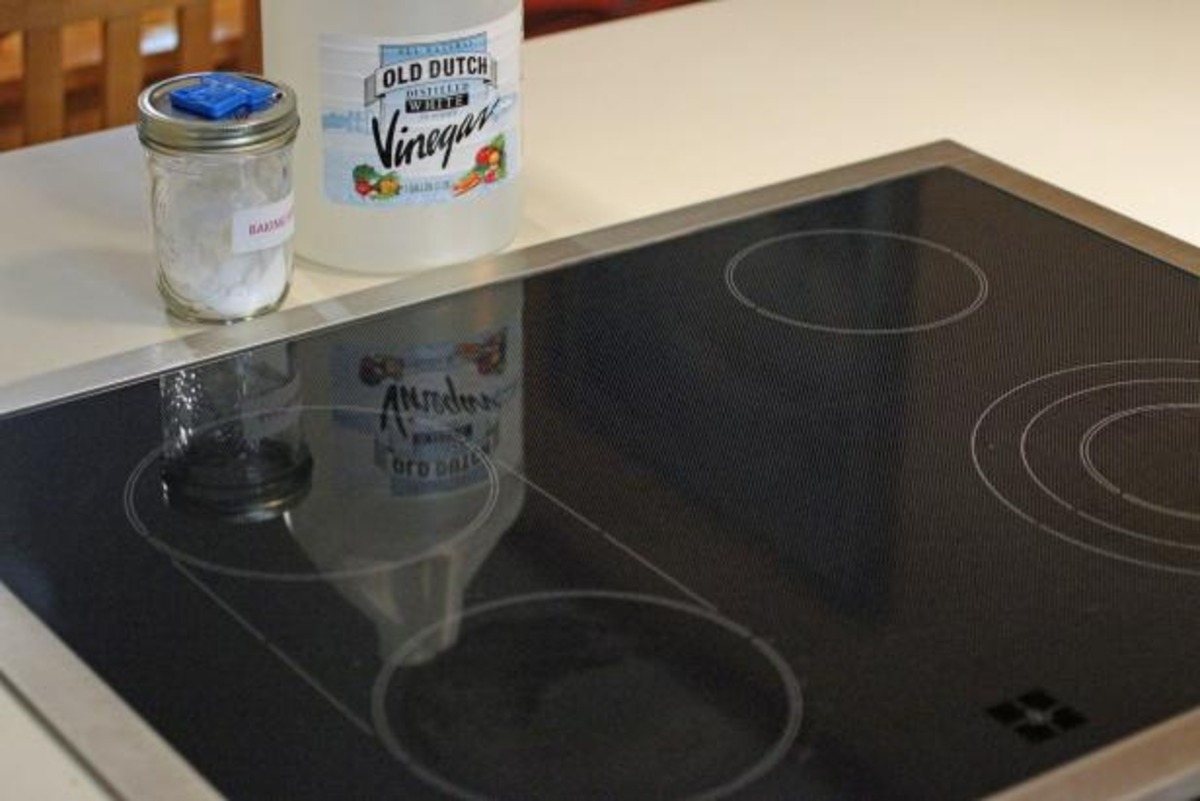
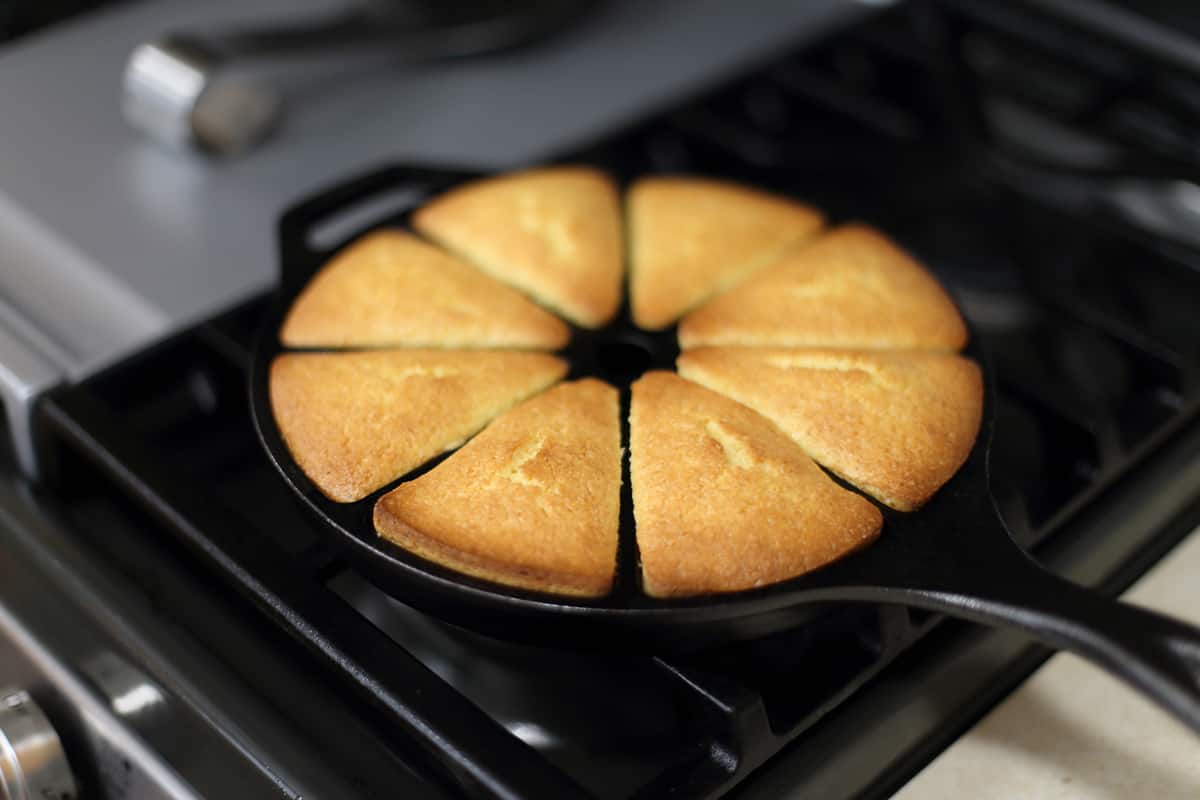
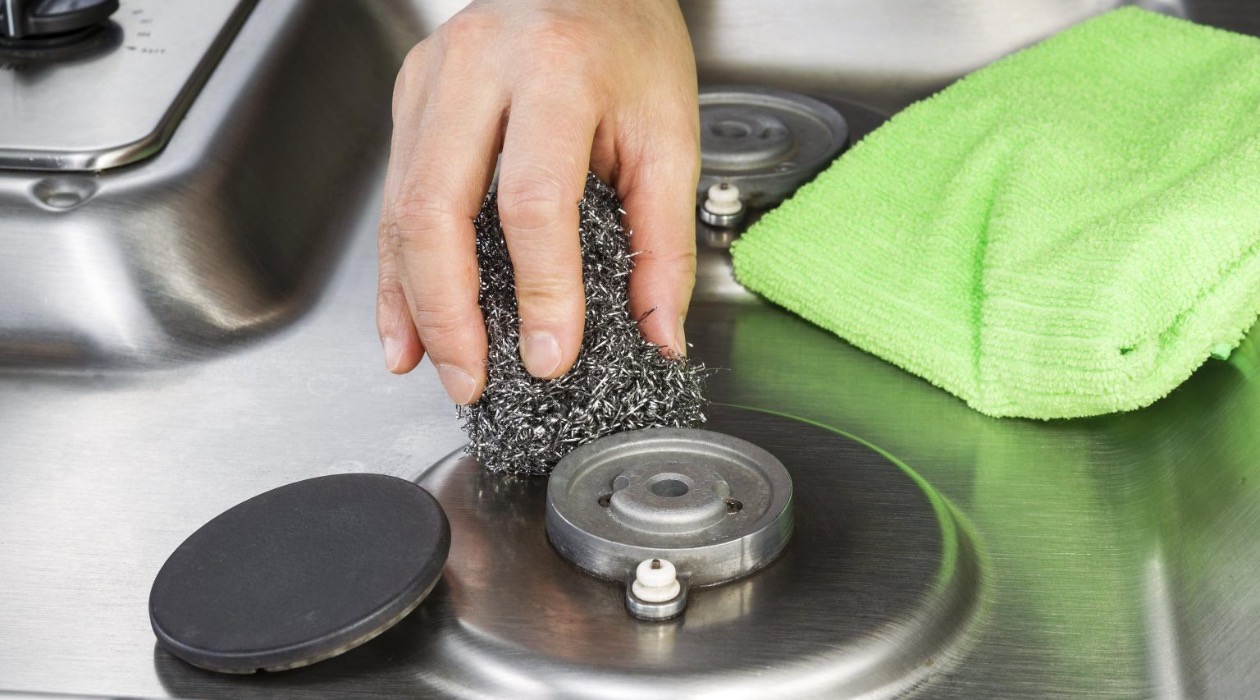
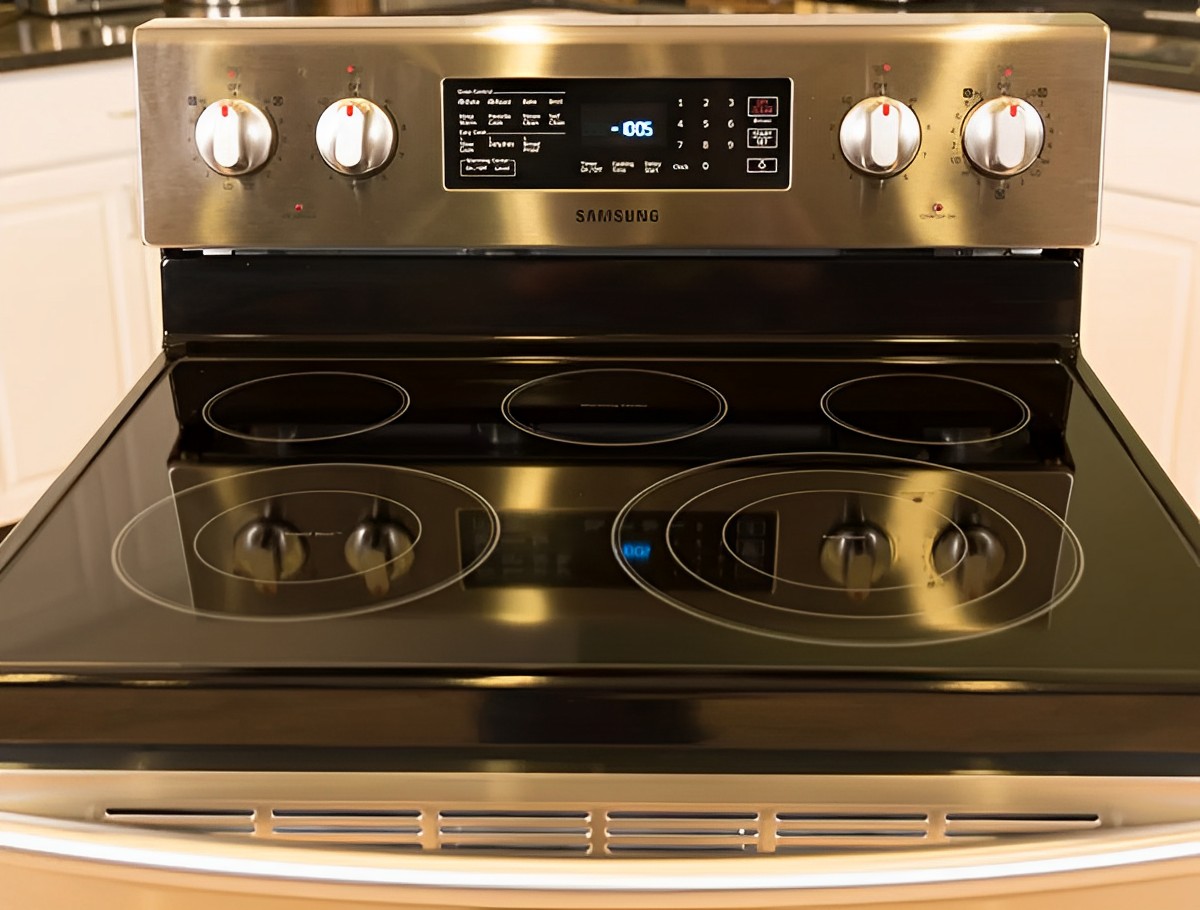

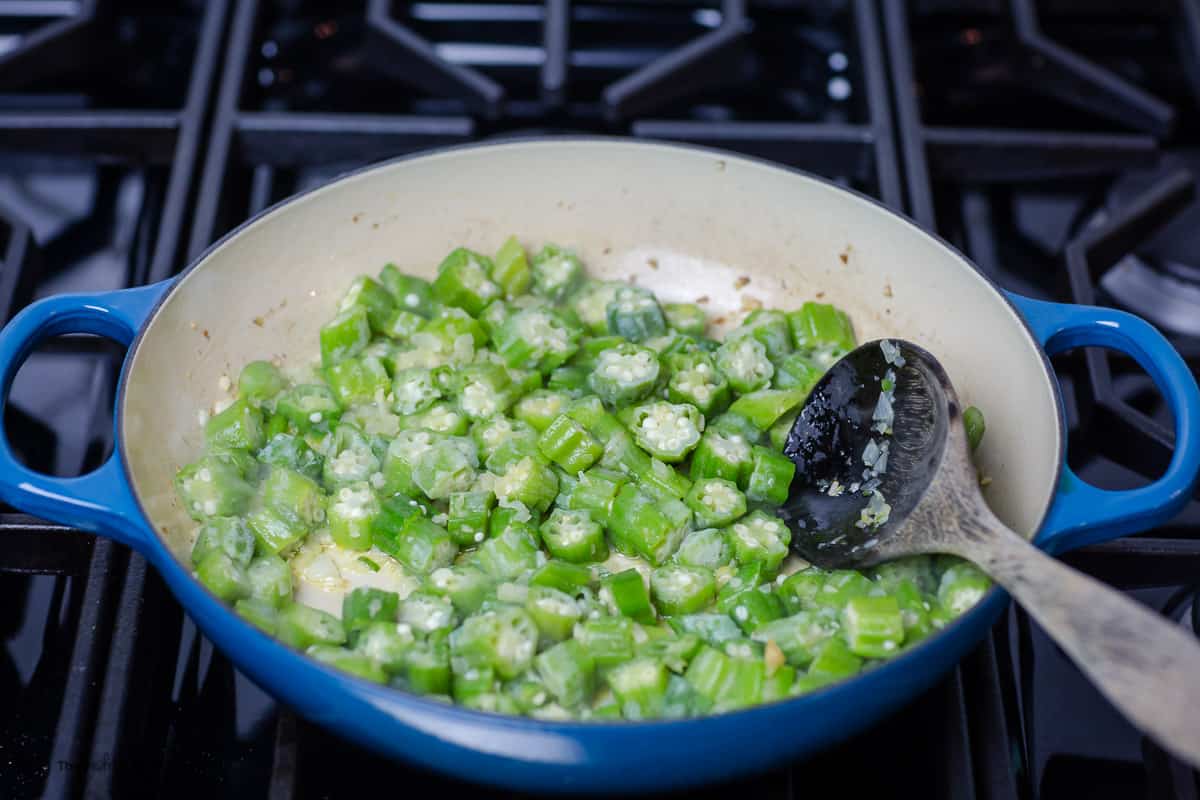
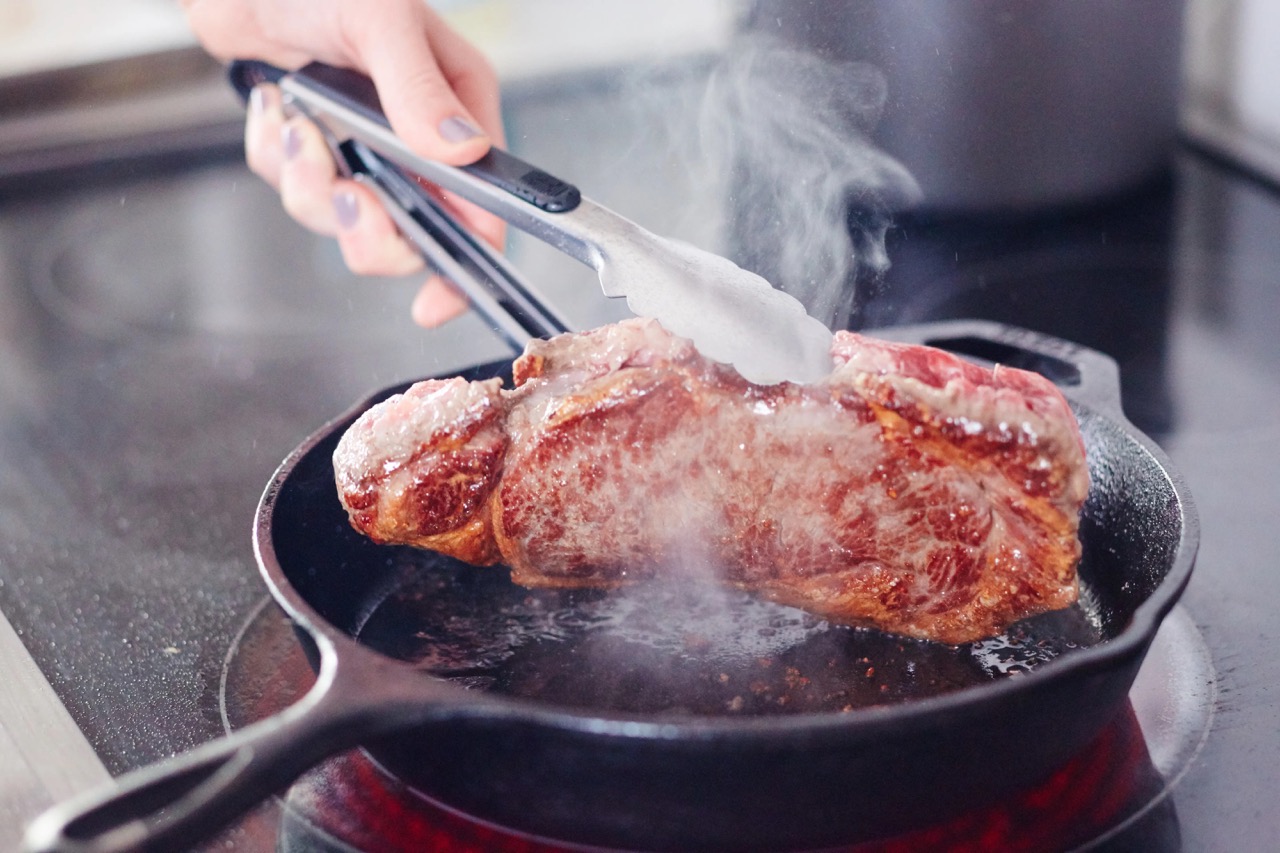
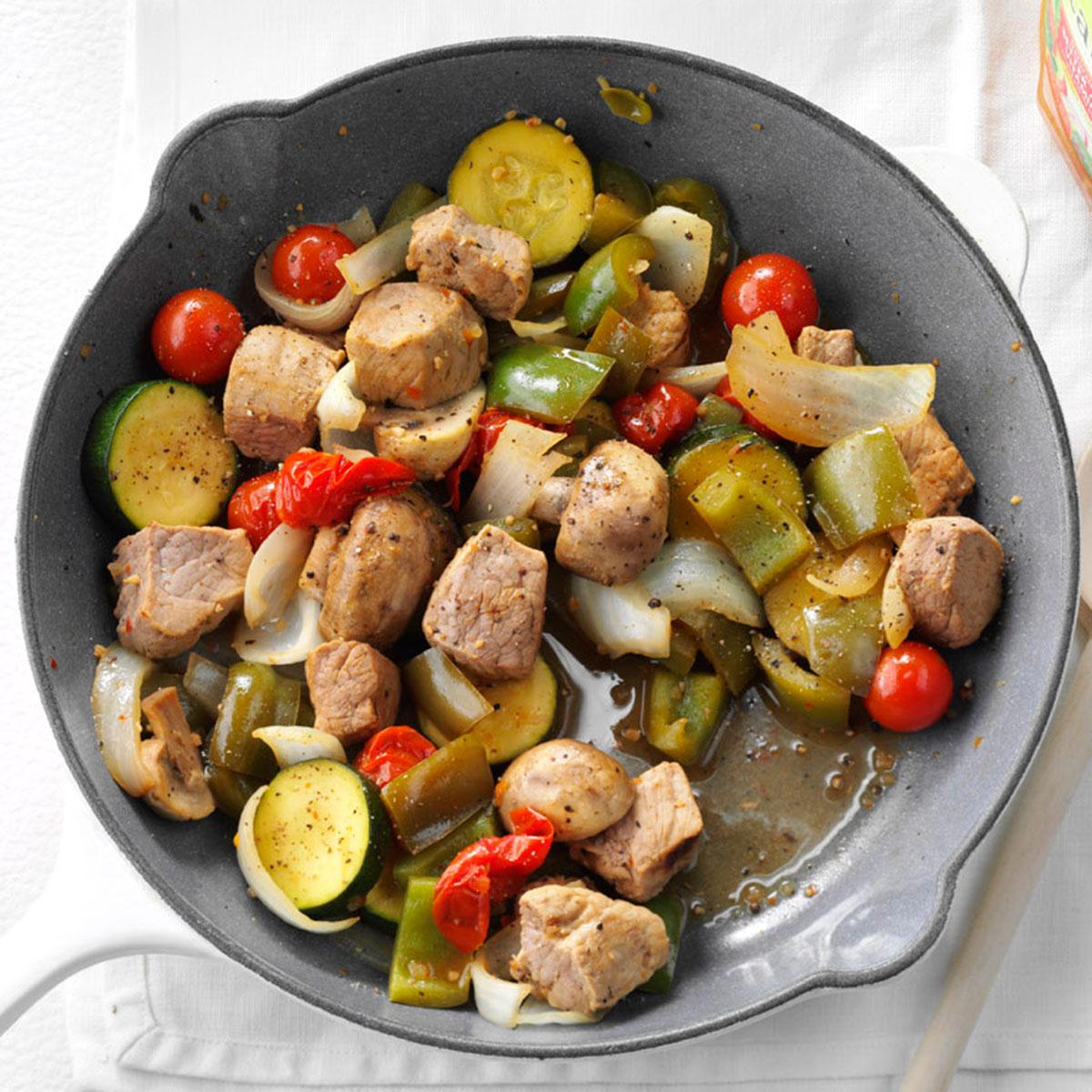
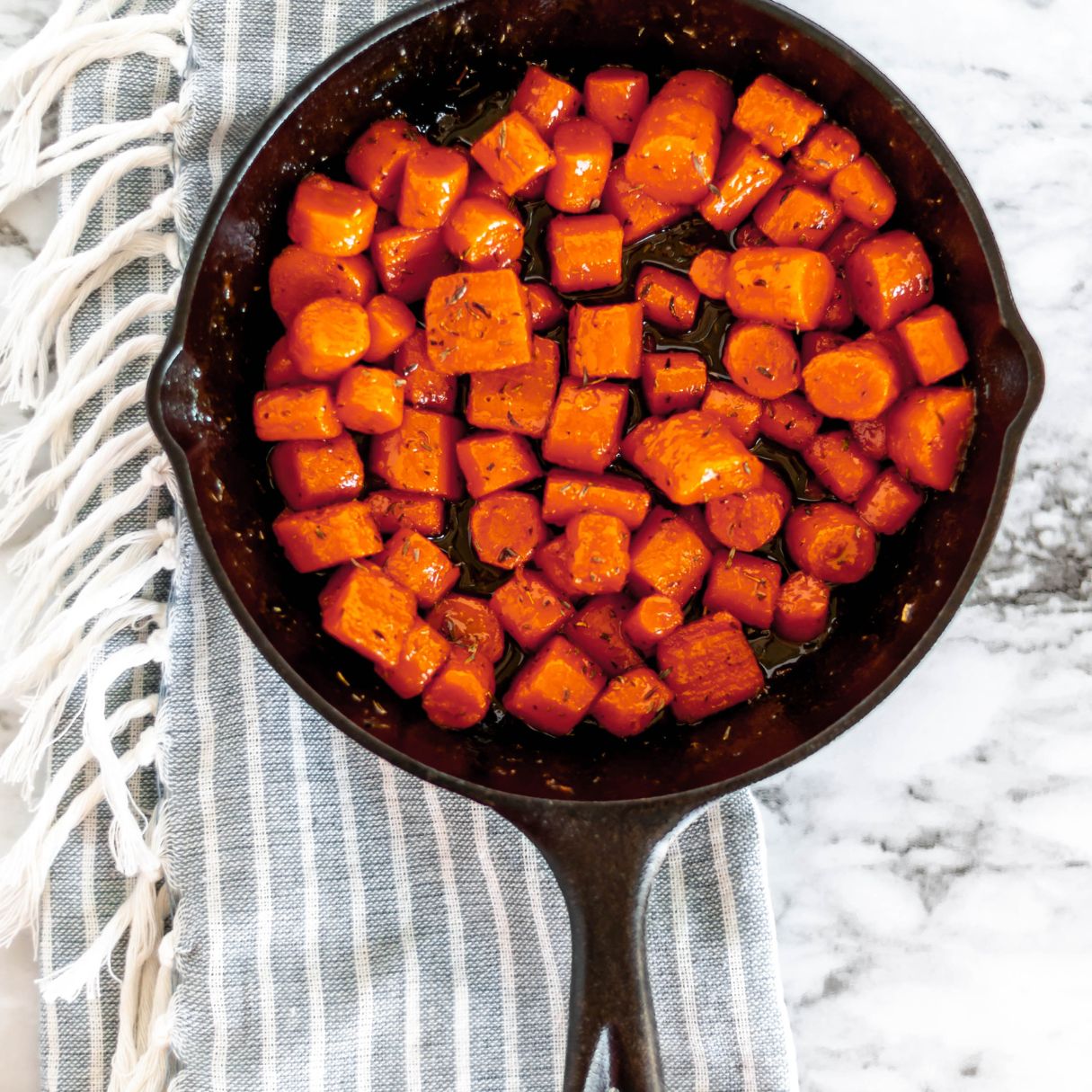
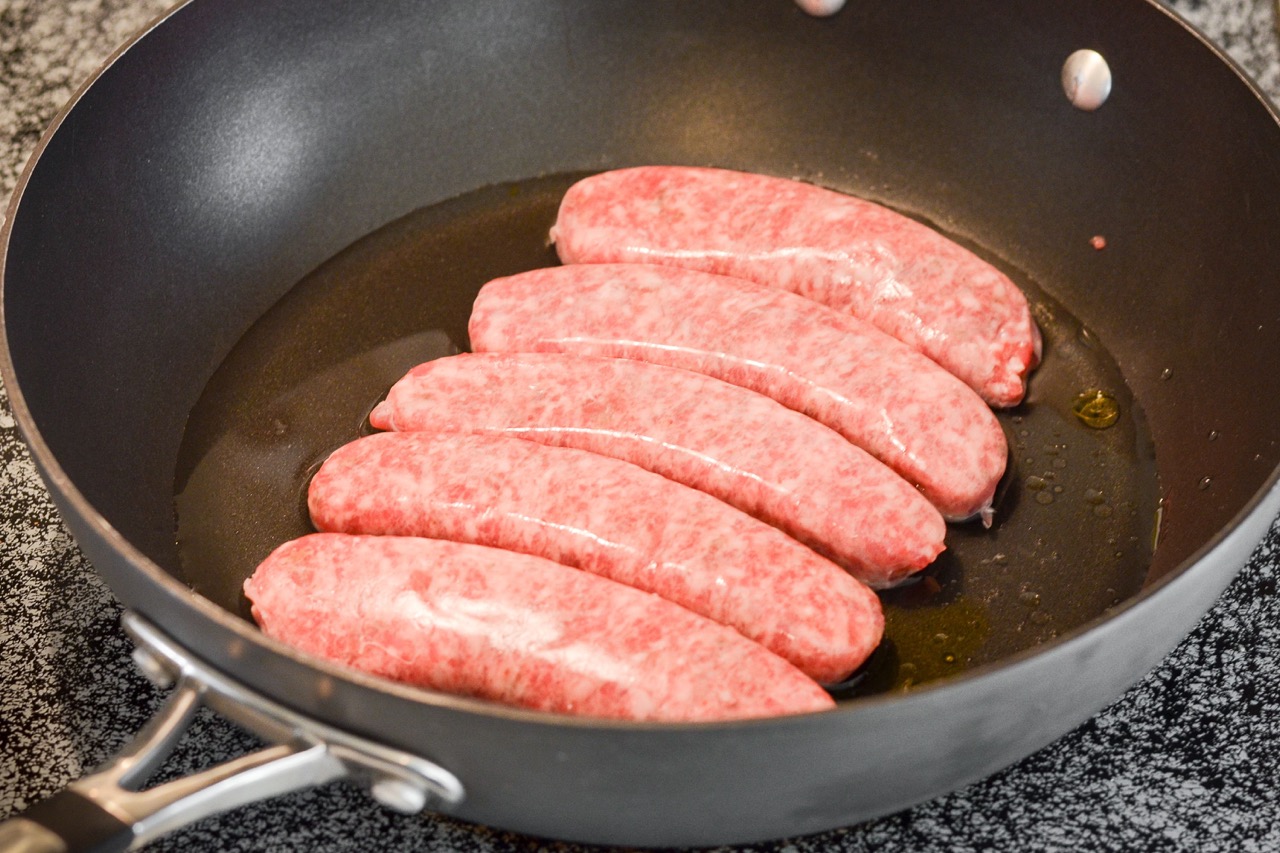
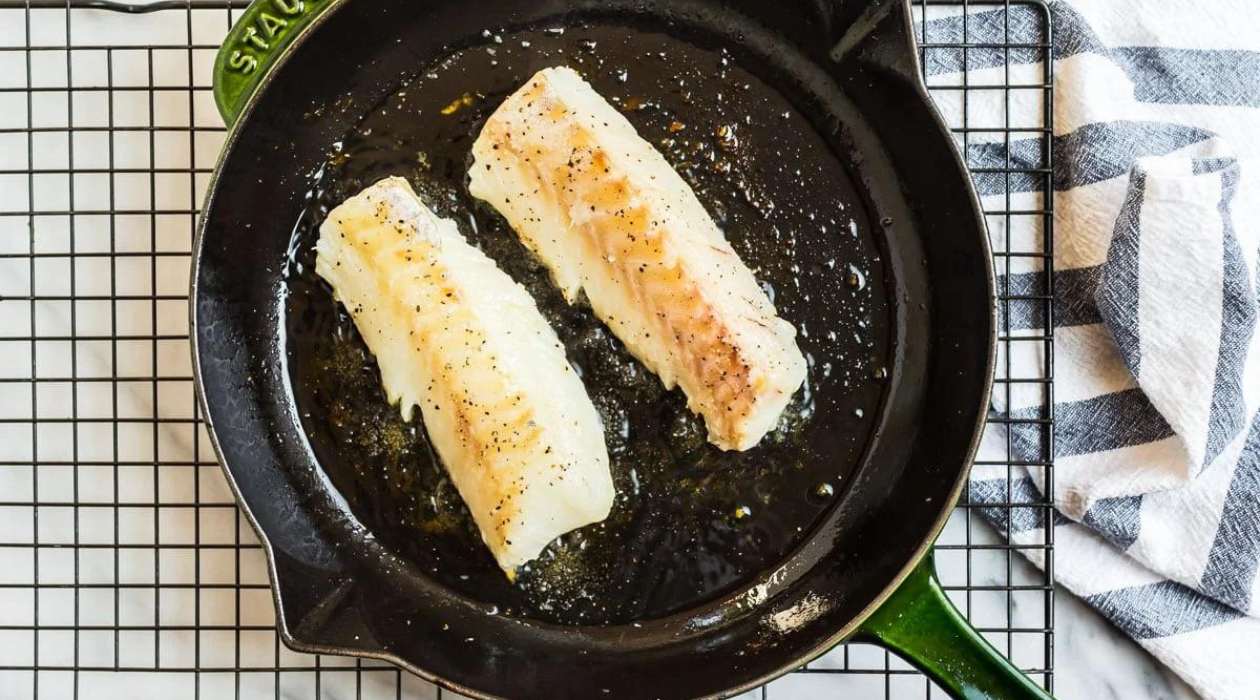
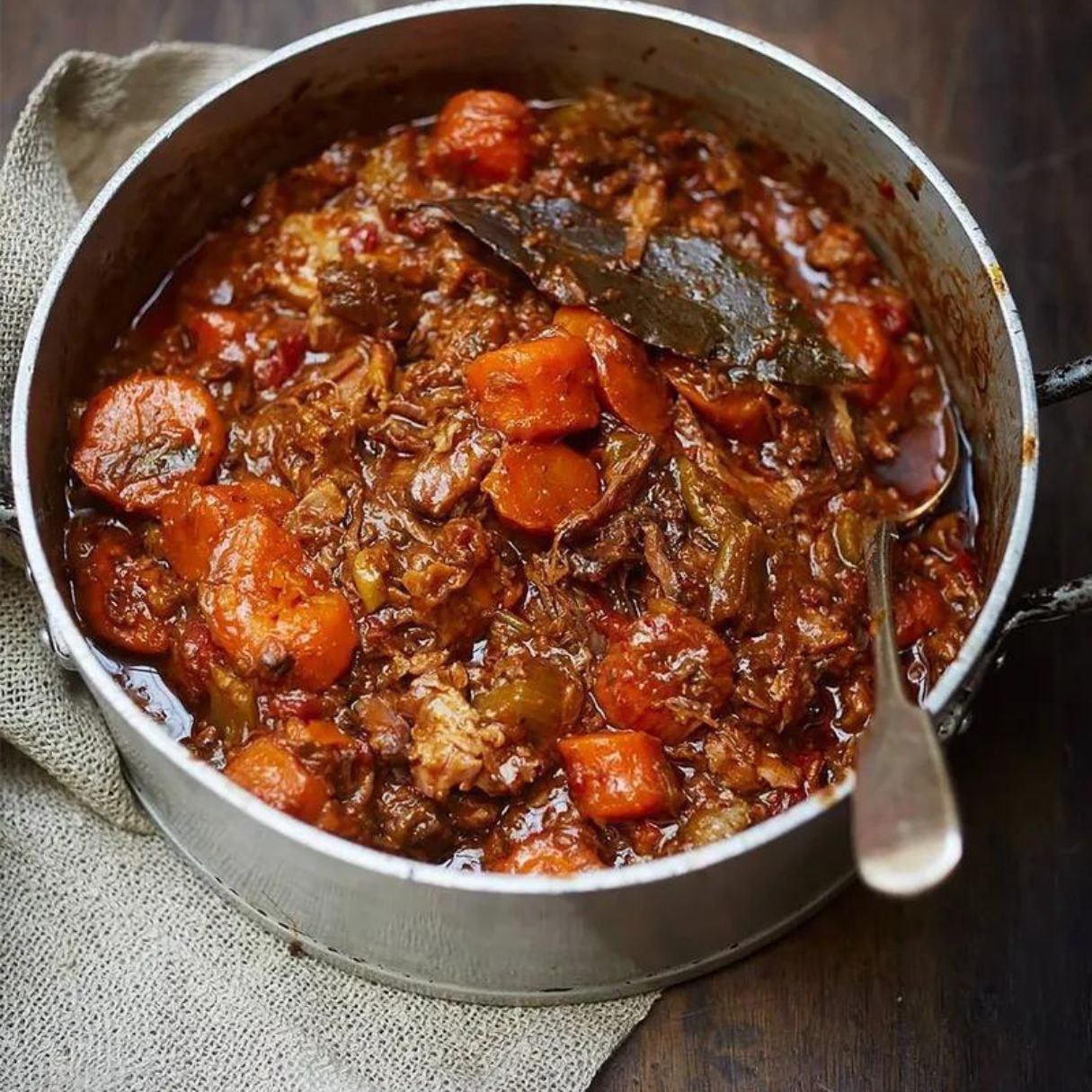
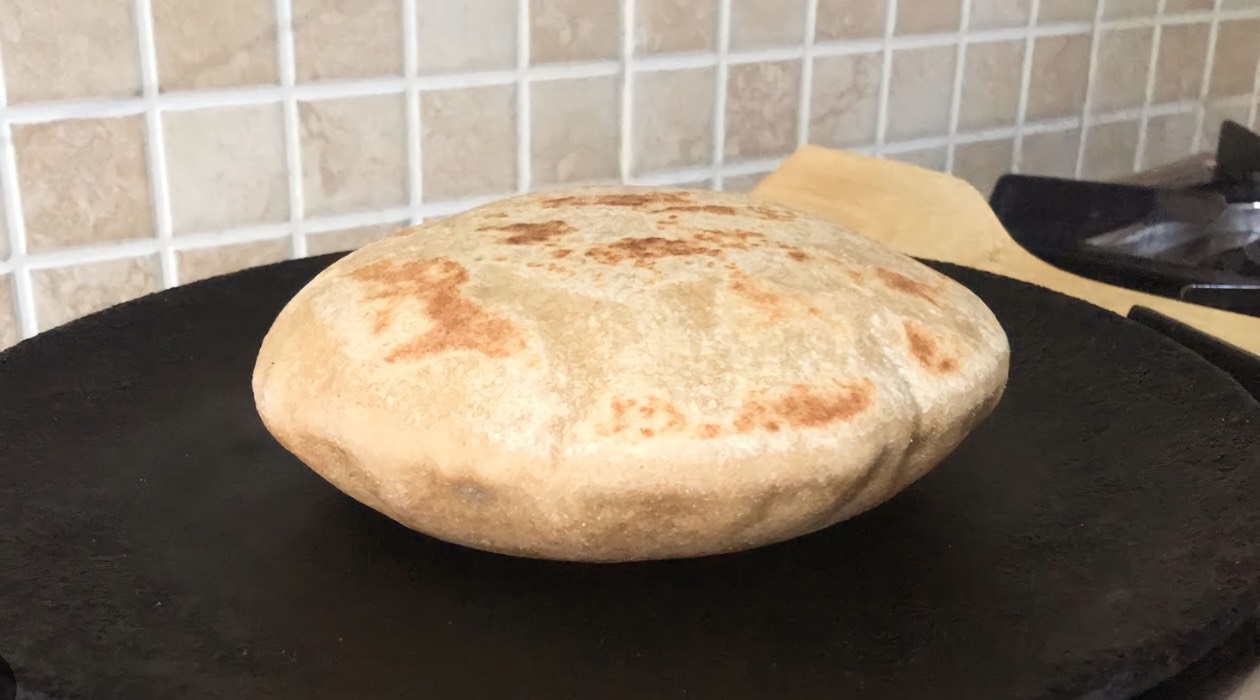

0 thoughts on “What Is A Conventional Stove Top”